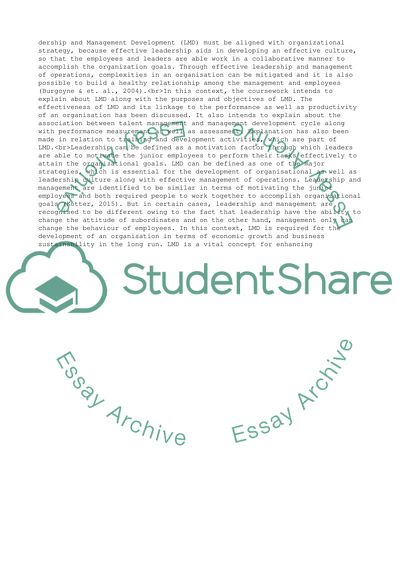Cite this document
(“Individual Report- To be effective, leadership and management Coursework”, n.d.)
Individual Report- To be effective, leadership and management Coursework. Retrieved from https://studentshare.org/management/1694613-individual-report-to-be-effective-leadership-and-management-development-must-be-aligned-to-organisational-strategy
Individual Report- To be effective, leadership and management Coursework. Retrieved from https://studentshare.org/management/1694613-individual-report-to-be-effective-leadership-and-management-development-must-be-aligned-to-organisational-strategy
(Individual Report- To Be Effective, Leadership and Management Coursework)
Individual Report- To Be Effective, Leadership and Management Coursework. https://studentshare.org/management/1694613-individual-report-to-be-effective-leadership-and-management-development-must-be-aligned-to-organisational-strategy.
Individual Report- To Be Effective, Leadership and Management Coursework. https://studentshare.org/management/1694613-individual-report-to-be-effective-leadership-and-management-development-must-be-aligned-to-organisational-strategy.
“Individual Report- To Be Effective, Leadership and Management Coursework”, n.d. https://studentshare.org/management/1694613-individual-report-to-be-effective-leadership-and-management-development-must-be-aligned-to-organisational-strategy.


